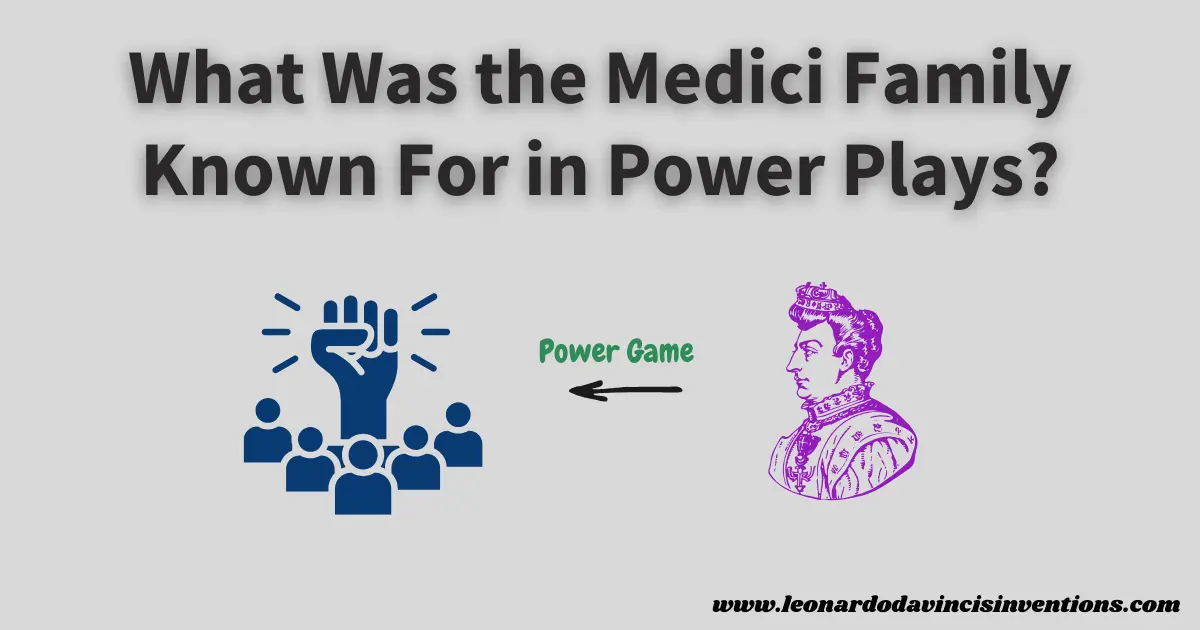
What was the Medici family known for?
The Medici family gained fame for their strategic power plays and ability to influence Florence’s politics from behind the scenes.
This article examines the Medici’s strategies and influence, making it easier to understand how they rose to power by utilizing banking, political alliances, and the support of the arts.
The Medici family was best known for leveraging their wealth and connections to acquire political power, often operating behind the scenes rather than ruling openly.
They placed family members in influential government positions, married into royal families, secured favor with the church, and even produced several popes.
Their leadership was crucial in making Florence a cultural hub during the Renaissance. Their story shows how influence can shape both governments and art.
Many people remember the Medici for supporting artists like Michelangelo and Leonardo da Vinci, but their political actions are equally important.
Their story is about how families can shape history by knowing when to make strong alliances and when to act in secret.
To see how their power plays still matter today, let’s examine what made their rule so effective, from their control over the city to their impact on all of Europe through banking, politics, and the arts.
The Rise of the Medici: Power, Wealth, and Influence
The Medici family became one of the most powerful and wealthy dynasties in Florence, Italy, through its banking roles, astute political strategies, and significant support of art and culture.
Their influence lasted for centuries and shaped the Renaissance across Europe.
Banking and Commerce: Foundations of a Dynasty
Medici power began with banking and commerce.
Giovanni di Bicci de Medici started the Medici Bank in the late 1300s, and it became one of Europe’s most respected and prosperous financial institutions.
This bank supported trade, finance, and connections between Florence and other great European cities.
Their banking success brought the Medici family great wealth, enabling them to establish strong alliances with the papacy and royal courts.
They expanded their influence beyond Florence, using financial power to support political ambitions and secure control of the city’s government.
Political Maneuvering and Power Struggles
The Medici family turned their financial empire into political dominance.
Cosimo de Medici and later Lorenzo de Medici, known as “the Magnificent,” used their money to win allies and manage family rivalries.
They influenced the selection of public officials and created a network of supporters in key positions.
Florence’s government was filled with intrigue and political maneuvering.
The Medici faced conspiracies, betrayals, and assassination attempts. Through diplomacy, marriages, and bold leadership, they kept power for generations as rulers of Florence.
Patronage, Art, and Cultural Development
The Medici family is famous for sponsoring artists, writers, and architects during the Renaissance.
They generously patronized artists like Michelangelo, Leonardo da Vinci, and Botticelli, leading to their achievements in art, architecture, and science.
Under their rule, Florence became a center for humanism, scholarship, and innovation.
The Medici also funded the construction of beautiful buildings and public works, leaving a lasting legacy in art and culture.
Their support created a golden age that profoundly shaped European culture, leading to new education, philosophy, and literature ideas.
Medici Intrigue: Conspiracies, Betrayal, and Survival
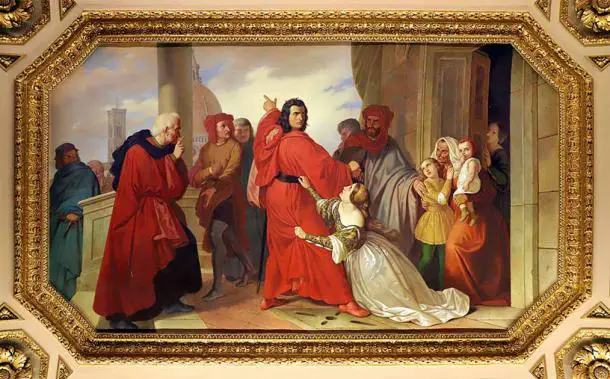
The Medici family’s rise and rule over Florence show how ambition, power struggles, and skillful maneuvering influenced Renaissance Italy.
Rivalries, plots, and a close relationship with the Vatican played key roles in shaping their legacy.
Family Rivalries and Internal Power Struggles
Family rivalries often shaped the Medici family’s politics.
Leadership battles between branches—such as the main line and secondary branches—sparked internal conflict.
Major figures, like Cosimo de’ Medici and Lorenzo the Magnificent, worked to control the family’s banking empire and keep their place as rulers of Florence.
Ambitious relatives vied for influence and control, often forming alliances with other noble families or foreign powers.
Disputes over succession and wealth sometimes split the family, threatening their dynasty during key moments in Italian politics.
Assassinations, Conspiracies, and Exile
Plots to overthrow or assassinate Medici leaders shaped their history.
The Pazzi Conspiracy is one of the most famous cases, where rivals tried to kill Lorenzo and Giuliano de’ Medici during High Mass in Florence’s cathedral.
Such conspiracies led to violence, betrayals, and temporary loss of power.
Key Medici members faced exile after coups or revolts, including Cosimo and the entire family at certain points.
They used alliances and financial resources to make comebacks.
The Medici became known for navigating periods of exile and return to power, showing their resilience and influence in Renaissance society.
Influence on the Papacy and Relationship with the Vatican
The Medici’s influence reached into religion and the highest ranks of the Catholic Church.
Family members became popes, such as Leo X and Clement VII, building a powerful relationship with the Vatican.
Their leadership significantly impacted the government of Florence and church policy throughout Europe.
Medici popes utilized their position to advance the family’s interests, cultivate political alliances, and support artists and scholars.
The Medici’s connection with the Vatican helped them expand their authority, impacting both religion and culture at their height.
The Legacy of Medici Power Plays in Renaissance Europe
The Medici family’s rise to power significantly altered the course of Renaissance Florence and European history.
Their mix of financial innovation, family alliances, and bold leadership shaped politics, art, culture, and science.
Innovation, Leadership, and Expansion
The Medici family, once merchants, became a powerful banking dynasty whose wealth fueled their dominance across Florence and much of Italy.
Through strategic alliances and a firm grasp of commerce, the family led Florence to become a center of learning and artistic achievement.
Key figures like Cosimo and Lorenzo de’ Medici expanded their influence using political skill and personal wealth.
They acted as rulers of Florence, funded education, and sponsored leading artists and inventors.
This leadership helped them survive threats, intrigue, and even temporary exiles from the city.
Through their relationship with the Catholic Church and the Papacy, the Medici produced popes and royal family members.
Their influence extended beyond Florence, shaping European politics and culture.
Decline, Downfall, and the End of the Medici Line
After generations of control, the Medici family faced challenges such as internal rivalries, conspiracies like the Pazzi plot, and changing attitudes toward their rule.
Florence’s government saw rising unrest and power shifts.
Attempts to keep power led to harsher tactics, but rivals and revolutions weakened the dynasty.
The family’s last rulers struggled as trade, political alliances, and succession crises hurt their reputation and resources.
By the 18th century, the Medici line ended, marking the close of their direct influence.
Lasting Impact: Art Collections, Architecture, and Philanthropy
The Medici legacy remains visible across Florence in museums, public works, and iconic buildings.
As patrons of the arts, they funded works by Michelangelo, Leonardo da Vinci, and Botticelli, leaving a mark on European culture through their art collections and grand palaces.
Their investments advanced science and scholarship, supporting figures such as Galileo and promoting humanism.
Medici philanthropy and sponsorship of artists and scientists built a foundation for public education, literature, and architecture that people still visit and study today.
Medici influence shaped modern banking, elevated Florence’s cultural status, and inspired future dynasties in Renaissance and contemporary Europe.
Frequently Asked Questions
The Medici family was behind Florence’s political and cultural life.
They shaped banking, art, and European politics through power and strategic alliances.
What is Medici best known for?
The Medici family is most famous for their banking empire and patronage of the arts during the Renaissance.
Their support helped artists like Michelangelo and Leonardo da Vinci. They played a significant role in making Florence a cultural and intellectual hub.
What was the dark side of the Medici family?
The Medici family used violence and intrigue to keep control.
Assassinations, forced exiles, and deals with powerful leaders were common. Some members abused power for personal gain.
Why is the Medici family important?
The Medici shaped the Renaissance by supporting art, science, and architecture.
They ruled Florence for generations, producing several popes and queens who profoundly influenced European history. Their role in banking set the path for modern financial systems.
Are there still Medici families today?
No direct descendants of the Medici currently hold power.
The main family line ended in the 18th century. Some distant relatives may still exist, but are not influential.
What was the downfall of the Medici family?
The Medici family lost control due to poor leadership, financial troubles, and political rivals.
The family’s main line ended when the last male heir died in 1737. Their influence faded as new rulers took over in Florence. Learn more about the rise and fall of the Medici family.
Who was the most powerful family in Italy?
During the height of their influence, the Medici were regarded as the most powerful family in Florence and one of the most influential in Italy.
Their wealth and political connections put them above most rivals.
What is the legacy of the Medici family?
The Medici left a lasting legacy in art, politics, and culture.
Their support funded masterpieces, built important buildings, and helped shape Renaissance ideas. Many cultural advances in Florence are traced back to their rule.
What is the Medici Palace used for today?
The Medici Palace, also known as Palazzo Medici Riccardi, is now a museum and government office in Florence.
Visitors can tour rooms used by the family and see Renaissance art and architecture.
How much would the Medici be worth today?
Today, the Medici family’s wealth would likely reach hundreds or even billions. They built their fortune through an extensive banking network, real estate, and art collections.
Who inherited the Medici fortune?
After Anna Maria Ludovica de’ Medici died in 1743, the Medici line ended. She willed their fortune and art to the city of Florence.
Many treasures now belong to public museums and collections.
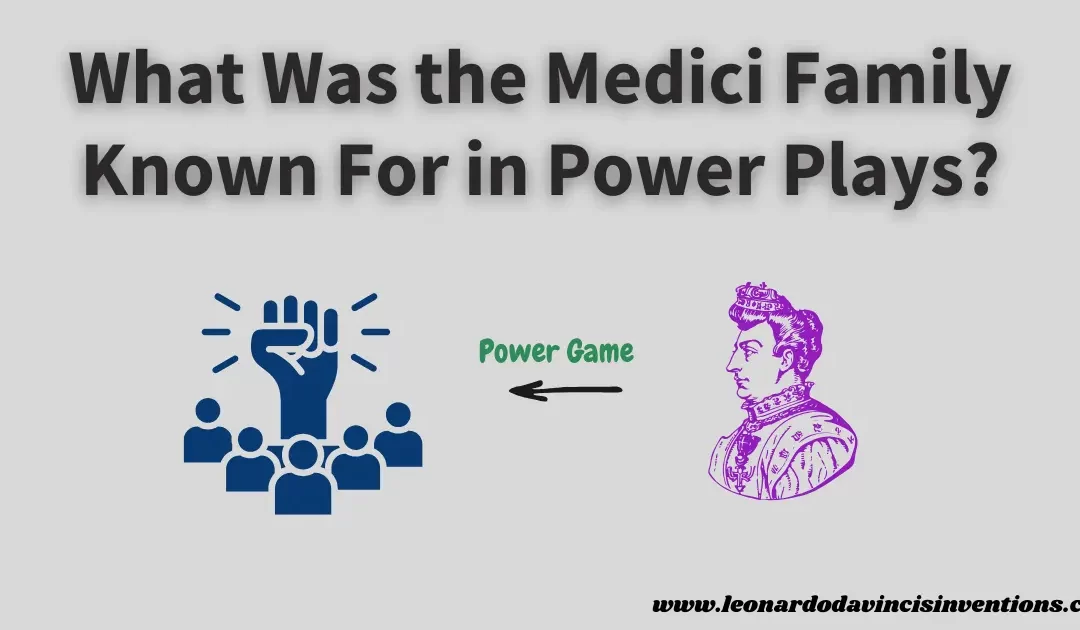
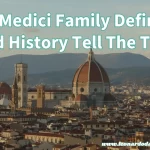
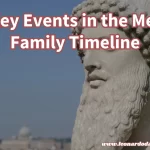

 Leonardo Bianchi,
the creator of Leonardo da Vinci's Inventions.
Thank you for visiting
Leonardo Bianchi,
the creator of Leonardo da Vinci's Inventions.
Thank you for visiting